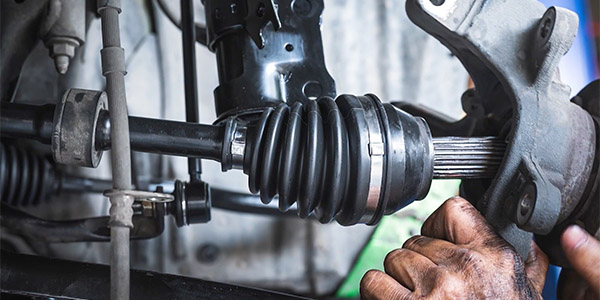Who would have thought that fuel hose would make good reading! But, on the side of a fuel hose you can learn about the pressure, temperature and permeability of a fuel hose.
If you look at the side of a fuel hose, you will see the letters “SAE” followed by the number 30 (some will have a J first). Next in the sequence will be the letter “R” followed by a number. The number after the “R” refers to the section of the performance standard it pertains to. The criteria are typically permeation, chemical resistance, construction, temperature range and kink resistance. The higher the standards go, the more criteria that must be met.
“R” numbers in some cases do not determine the pressure rating for the hose. Hose manufacturers typically print on the hose if it is intended for use on fuel injection systems. Also, you should check with the manufacturer of the hose to see if it is compatible with fuels like E85 or biodiesel.
BUT, THE MOST IMPORTANT THING TO REMEMBER IS IF A HOSE DOESN’T HAVE A SAE J30- STANDARD ON THE SIDE, DON’T INSTALL IT INTO A FUEL SYSTEM.
Here is a quick rundown of types of SAE fuel hose and their applications!
SAE 30R6 hoses are designed for low-pressure applications like carburetors, filler necks and connections between tanks. In most markets, SAE 30R6 has been replaced by SAE 30R7.
SAE 30R7 hoses are designed for fuel. These can go under the hood and are typically used for low-pressure applications like carburetors or a fuel return line. It can also be used for PCV connections and emissions devices.
SAE 30R9 hoses are designed for high-pressure applications like fuel injection systems. Often SAE J30R9 is also CARB approved meaning it is EPA certified to a low permeation standard. This means the hose is designed to contain fuel evaporation through the cover.
SAE 30R10 includes hoses that are submerged in fuel. This type of hose is used inside the fuel tank and typically on the fuel pump module. This type of hose uses a special layer on the inside and outside to prevent the core layers from being saturated in fuel. But, don’t use it under the hood. R10 hoses can’t stand the heat.
Most automotive rated fuel hose product should never be used for marine applications. For boats and Personal Water Craft, the hose needs to be SAE J1527/ISO J7840 rated and approved by the U.S. Coast Guard for use in engine spaces for fire resistance. Some of these hoses will have additional ratings for permeation losses. This is typically called the A-rating. So just like a car or truck, boats and PWCs need to have replacement fuel hoses that match or exceed the fuel hose already installed on the fuel system. The next time you replace a fuel hose, make sure you read what is on the original hose and select the correct hose for the application!
This video is sponsored by Continental.












